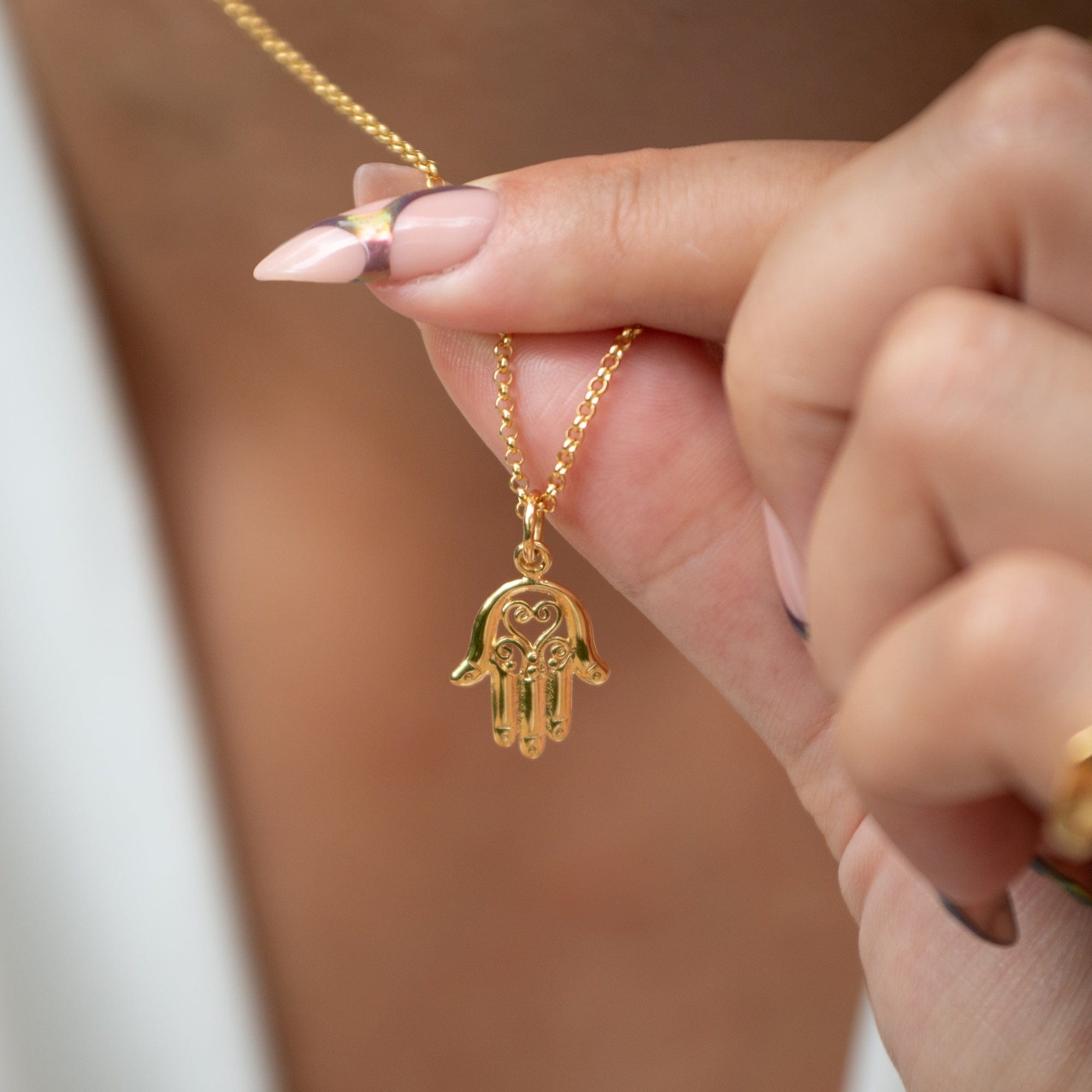Jewelry carries deep cultural symbolism, reflecting beliefs, values, and hidden meanings that span across different cultures and histories.
Jewelry is far more than mere decoration; it is a deeply embedded part of human culture, carrying meanings that often go beyond what meets the eye. Across different societies, jewelry has been used to convey social status, religious beliefs, love, protection, cultural and even political statements. Each piece tells a story, reflecting the values, traditions, and history of the culture from which it originates. This article delves into the rich symbolism of jewelry across various cultures, uncovering the layers of meaning that make these adornments so significant.
The Symbolism of Jewelry in Different Cultures
Jewelry has been a universal form of expression, with each culture attributing different meanings to various types of jewelry. Here are some examples of how jewelry is symbolically significant in different cultures:
Ancient Egypt

In ancient Egypt, jewelry was integral to both daily life and the afterlife, often serving as a conduit for divine protection and eternal life. The Ankh, a cross with a loop at the top, was a ubiquitous symbol of life and immortality, often found in necklaces and amulets. The scarab beetle, representing rebirth and the cycle of life, was another powerful symbol frequently depicted in rings and pendants. Gold, associated with the gods, was not just a material of wealth but a spiritual medium believed to bring the wearer closer to the divine. Pharaohs were often buried with an array of jewelry to ensure their protection and status in the afterlife.
Native American Tribes
For many Native American tribes, jewelry is deeply intertwined with spiritual beliefs and a profound connection to nature. Turquoise, considered a sacred stone, is believed to provide protection, health, and good fortune, making it a common feature in rings, necklaces, and bracelets. The use of feathers in jewelry is symbolic of communication with the spiritual realm, representing freedom and ascension. Bear claws are worn as symbols of strength, courage, and leadership. These elements are often incorporated into jewelry used in rituals and ceremonies, serving as tangible links to the spiritual and natural worlds.
The Maasai of East Africa

The Maasai people of East Africa use beadwork to signify various aspects of life, including age, marital status, and social position. The color of the beads used in necklaces, bracelets, and earrings carries specific meanings: red symbolizes bravery and unity, blue represents energy and sustenance, and white denotes peace and purity. Maasai women spend years perfecting the art of beadwork, and the jewelry they create is not just decorative but also a record of their personal and communal identities.
Hidden Meanings Behind Popular Jewelry Symbols
Certain symbols in jewelry carry meanings that transcend cultural boundaries, often representing universal concepts such as love, protection, and faith. Here are a few commonly recognized symbols and their meanings:
The Heart

The heart symbolism is universally recognized as a representation of love, compassion, and affection. This symbol is often used in necklaces, rings, and bracelets to express deep emotional connections, whether romantic or familial. The use of heart-shaped jewelry as a token of love dates back to the Middle Ages, where it was commonly featured in rings known as “posy rings” inscribed with love poems or romantic sentiments. Today, the heart symbol remains a popular choice for engagement rings, pendants, and even friendship bracelets, symbolizing enduring love and devotion.
The Evil Eye
The evil eye is a symbol of protection that has been used in many cultures, particularly in the Mediterranean and Middle Eastern regions. It is believed to ward off negative energy and protect the wearer from harm. Often depicted as a blue eye, this symbol is commonly found in bracelets, necklaces, and rings, serving as both a protective talisman and a stylish accessory. The belief in the evil eye dates back to ancient Greece and Rome, where it was thought that envy or malevolent gazes could bring misfortune. By wearing an evil eye amulet, one could deflect these harmful influences.
The Infinity Symbol
The infinity symbol, resembling a sideways figure eight, represents eternity, limitless possibilities, and everlasting love. It is often used in jewelry to symbolize an unbreakable bond or a commitment that will last forever. The infinity symbol is popular in both romantic and friendship jewelry, signifying a connection that transcends time and space. This symbol is also used in religious and spiritual contexts, representing the eternal nature of the soul or the infinite nature of the universe.
Cultural Significance of Wedding Jewelry
Wedding jewelry holds particular importance in many cultures, symbolizing the union of two individuals and the start of a new chapter in life. Here are a few examples of how wedding jewelry is used symbolically:
The Wedding Ring

The wedding ring is perhaps the most universally recognized symbol of marriage. Typically worn on the fourth finger of the left hand, it represents eternal love and commitment. The circular shape of the ring symbolizes infinity, with no beginning or end, mirroring the endless nature of love. In many cultures, the exchange of rings during the wedding ceremony signifies the mutual promise of love and fidelity. The tradition of exchanging rings dates back to ancient Egypt, where the circle was considered a symbol of eternity, and the ring was thought to secure the love of the couple.
The Mangalsutra
In Hindu culture, the mangalsutra is a sacred necklace that the groom ties around the bride’s neck during the wedding ceremony. It symbolizes marital commitment and is believed to protect the couple from evil influences. The black beads in the mangalsutra are thought to ward off negativity, while the gold pendant represents prosperity and well-being. The mangalsutra is not just a piece of jewelry but a sacred thread that connects the couple spiritually and signifies the sanctity of marriage.
Role in Religious and Spiritual Practices
Jewelry often plays a significant role in religious and spiritual practices, serving as a means of protection, devotion, and expression of faith.
The Cross
The cross is one of the most recognizable symbols in Christianity, representing the crucifixion of Jesus Christ and the redemption of humanity. It is often worn as a pendant, symbolizing the wearer’s faith and commitment to Christian beliefs. Cross jewelry is also used as a form of protection, a reminder of Christ’s sacrifice, and a symbol of hope and salvation.
The Hamsa

The Hamsa, also known as the Hand of Fatima in Islamic culture and the Hand of Miriam in Jewish tradition, is a palm-shaped amulet used to protect against the evil eye and bring good fortune. The Hamsa is often adorned with an eye symbol, enhancing its protective qualities. It is commonly worn as a necklace or bracelet, serving as both a spiritual and cultural symbol. The Hamsa is believed to offer protection and blessings, and its use dates back to ancient Mesopotamia, where it was associated with the goddess Inanna.
Conclusion
Jewelry is a powerful medium through which cultures express their beliefs, values, and histories. From ancient amulets to modern-day symbols, the hidden meanings behind jewelry pieces continue to fascinate and inspire. By understanding the symbolism embedded in these adornments, we can gain a deeper appreciation for the cultural significance of jewelry and the stories it tells. Whether worn for protection, love, or status, jewelry remains a timeless reflection of the human experience.
